Brazilian wood how to raise Brazil wood farming precautions
The chilly home improvement will make the home look lifeless. If you come to the bright green, it will be different. Immediately you will be able to make your home look vibrant. Friends who want to have green plants will not know what to choose. So today Xiaobian will recommend a section called Brazilian wood. Then how to raise the Brazilian wood , the following will give you a brief introduction to Brazilian wood farming methods and precautions .
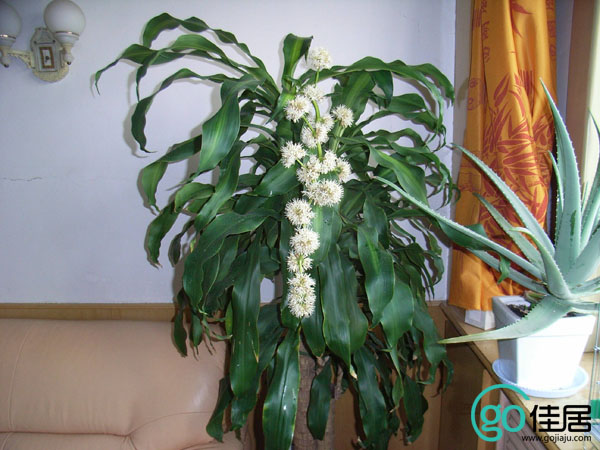
What is Brazilian wood
Brazilian wood is a arborescent evergreen plant with a height of 6 meters. Stems thick and much branched. Bark grayish brown or pale brown, peeling off. The leaves are large and grow robustly. Brazil wood stem diameter is about 5 to 7 cm. About 1.2 meters long, the upper and lower ends are truncated, and the top leaves and interrupted grafting of Dracaena plants are large, with large leaves and patterns, and the lower roots are radial.
Brazilian Wood's Growth Habits
Brazil Muxi hot and humid climate. It is very adaptable to light and can grow in shade or under sunlight. However, it should be exposed to sunlight in spring, autumn and winter, and shaded in summer or placed in a well-ventilated place. Brazilian wood has a strong vitality. It only needs sunshine, air and very little water. It can live very well with its potential energy. Brazilian wood is resistant to drought. Watering can be sufficient during the growing season. The brazilian wood is cold and cold, and it should be kept in a sunny place in winter. The temperature should be maintained at 5°C~10°C.
What is the breeding method of Brazilian wood?
Brassica breeding uses rod insertion method, rod insertion method is divided into soil plug and water plug two kinds.
(1) Soil Insertion: The top branch of the soil inserted into the old plant will be cut into a small 8-10 cm section and inserted into the clean river sand. Roots can be maintained with a certain humidity.
(2) Water plug: insert the cuttings into the water 2-3 cm, often change the new water to keep the water clean and take root in one month.
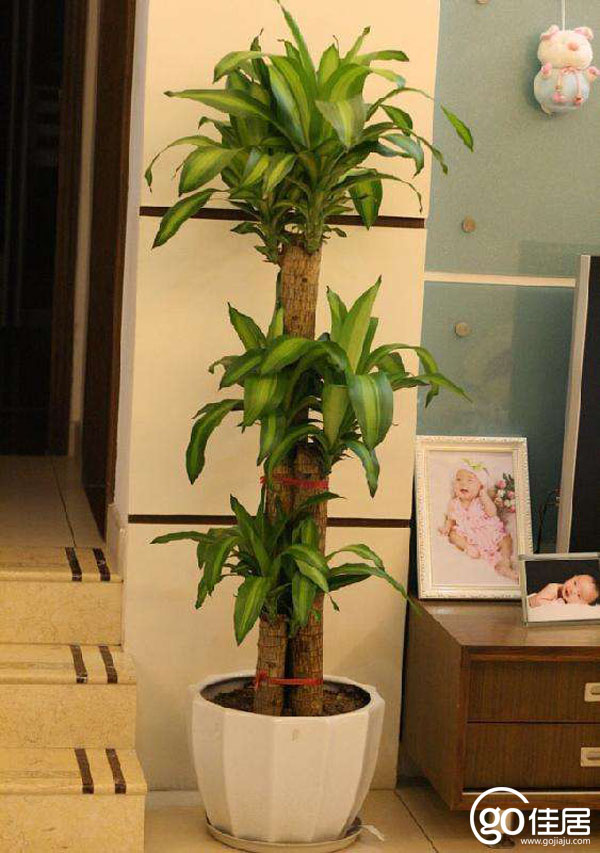
Next, learn about the cultivation methods of Brazilian wood
1. Soil: Brazilian wood is suitable for loose, well-drained, fertile sandy loam with rich humus, avoid alkaline soil. For bonsai soil, it is advisable to use humus or peat soil, add about 1/4 of river sand or perlite and a small amount of decomposed organic fertilizer. The soil is loose and well drained, rich in organic matter and beneficial to its growth.
2. Sunlight: Brazilian wood adapts to a wide range of light, but it is not resistant to strong light, especially strong light from May to October may cause yellowing of the leaves or dead ends of the leaves. Attention should be paid to the sunshade to give a brighter diffuse light. can. Although it is shade-tolerant, over-shadowing will also make the leaves dark, especially in the leaf-leaf varieties, the markings on the leaves will easily disappear and the ornamental value will be reduced.
3, temperature: Brazil wood growth temperature is 20 °C to 28 °C, the dormancy temperature is 13 °C, the winter temperature is 5 °C. If the temperature is too low, chloasma will appear on the tips of leaves and leaves, and severe shoots or whole plants will be frozen. Therefore, it is necessary to move into the greenhouse for conservation in the winter in the north. Placed indoors, it should be placed in a place with light, and it is better to keep it at room temperature from 6°C to 8°C.
4, watering: North Brazil wood growing season in spring, summer, autumn, sunny every 2 days to 3 days watered once, spray water to the foliage once a day to 2 times is appropriate. After the end of the fall, it is necessary to control the amount of water and keep the basin soil slightly wet. The water should be controlled in winter and the basin soil should be kept semi-dry and semi-humid. If too much water is poured, the roots will be rotted and the leaves coke.
5. Fertilization: Brazil wood needs to consume some of its own nutrients during its growth. If it is not applied in time, it will cause insufficient stamina and gradually degenerate. During the growth period, the organic fertilizer is first applied to the base or the edge, then the liquid fertilizer is applied once every 15 days to 20 days, or the compound fertilizer is applied once or twice to ensure that the branches and leaves grow lushly. Fertilization should be applied thin fertilizer, avoid concentrated fertilizer, fertilization period in May to October each year. Stop fertilizing in winter and move into winter indoors. For the speckled species, fertilization should pay attention to reduce the proportion of nitrogen fertilizer, so as not to cause the leaves to grow long, and lead to dark or even disappeared markings.
6. Insect pests: Common pests of Brassica wood have leaf spot and anthracnose hazards. They can be sprayed with 70% thiophanate-methyl WP 1000 times. Insect pests are harmed by scale insects and aphids and can be sprayed with 40% omethoate EC 1000 times.
The above is related to the detailed information on how Brazilian wood is raised and Brazil wood is cultivated and precautions . For more information on Brazilian wood, please pay attention to the GO Home Information Channel.
related articles
How to grow a rich bamboo bamboo culture method
Composite Geomembrane is a new type of anti-seepage material made by infrared ray heat with Geotextile(PET) and Geomembrane (PE .)
Including:
1) One layer geotextile and one layer membrane ; Weight of base geotextile : 100g/m2-1000gm2 ; Thickness of geomembrane :0.1mm-1.5mm .
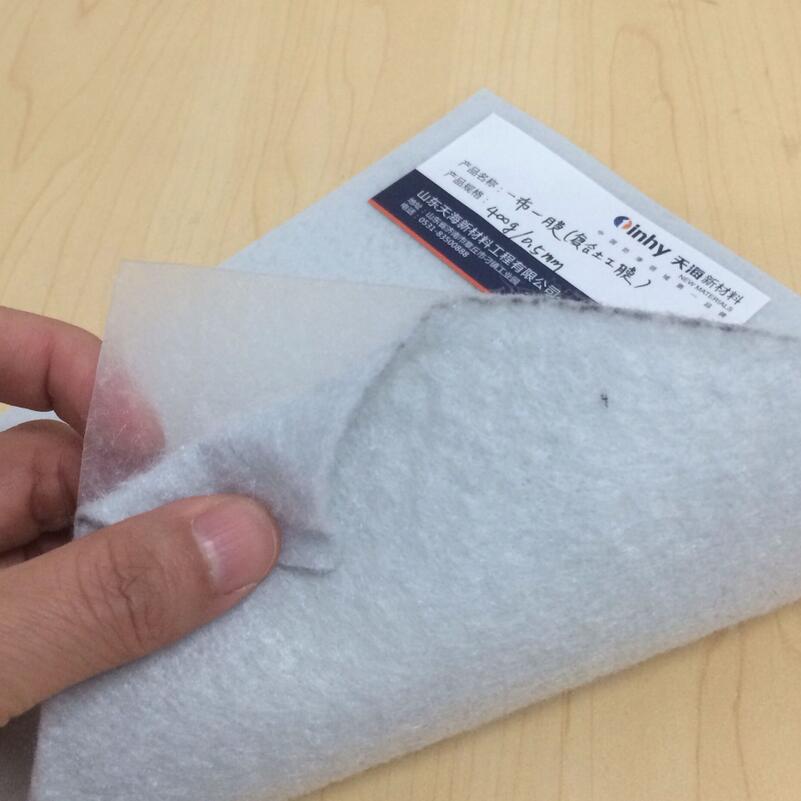
2) Two layers geotextile and one layer membrane ; Weight of base geotextile : 80g/m2-600gm2 ; Thickness of geomembrane :0.2mm-1.5mm .
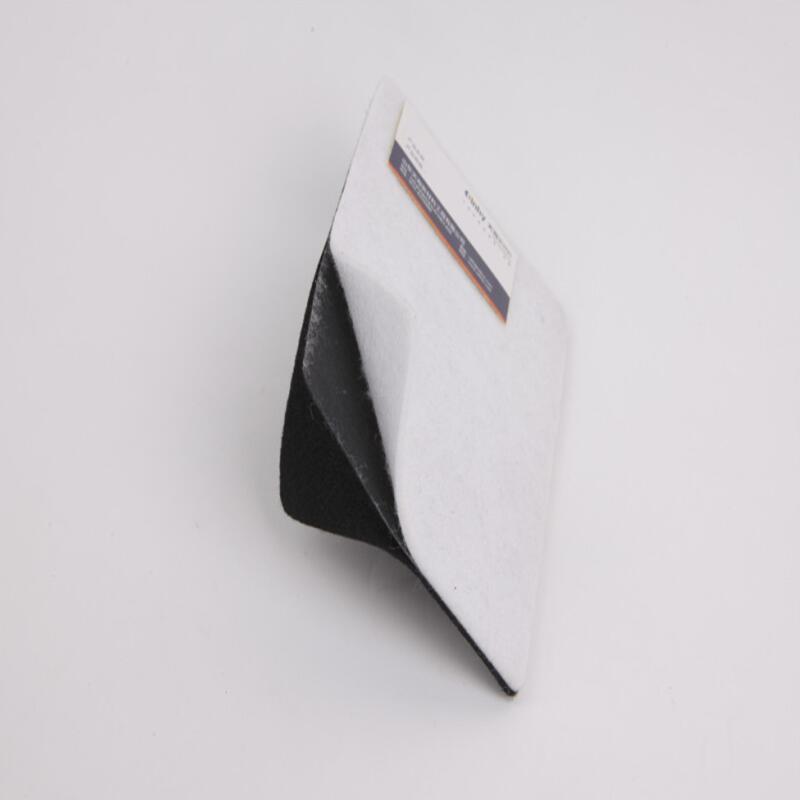
3) One layer geotextile and two layers membrane ; Weight of base geotextile : 100g/m2-1000gm2 ; Thickness of geomembrane :0.1mm-0.8mm .
4) Multi-layers : Weight of base geotextile : 100g/m2-1000gm2 ; Thickness of geomembrane :0.1mm-1.5mm .
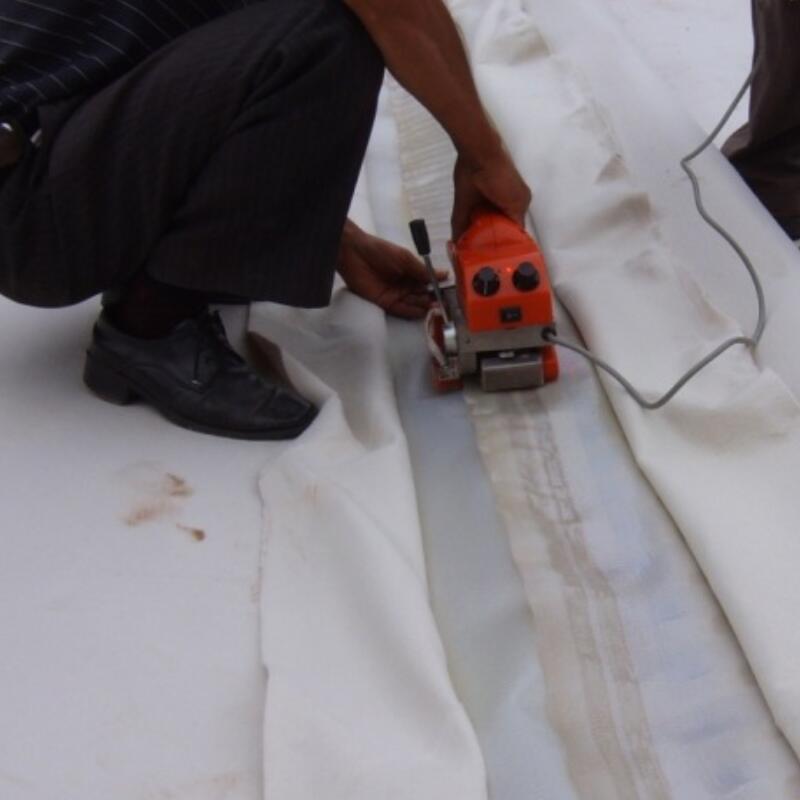
composite geomembrane applied range
1,Landscape engineering: garage top greening, roof garden, football field, golf course, beach project.
2, Municipal engineering: road base, subway, tunnel, landfill.
3, Construction engineering : upper or bottom layer of building foundation, basement wall, bedding filtration and heat insulation.
4, Traffic engineering: highway, railway basement, dam and slope.
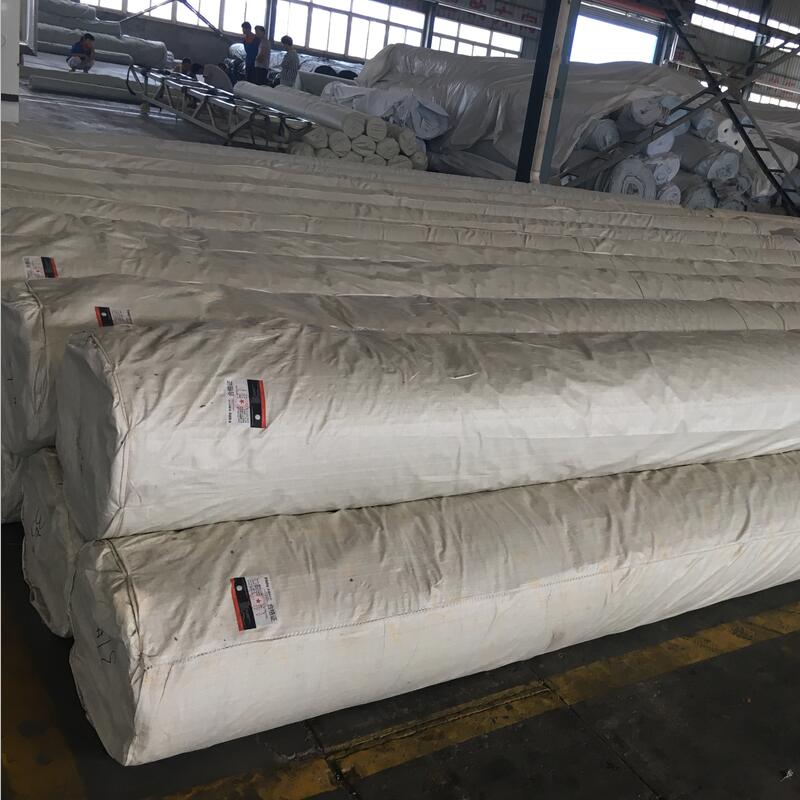
Composite Geomembrane technical index
(Confirming GB/T17642-1998 standard)
|
Product weight (g/m2) |
|
|
|
|
|
|
|
||||
|
400 |
500 |
600 |
700 |
800 |
900 |
1000 |
|||||
|
SPEC |
1 layer geotextile+1 layer geomembrane |
150/0.25 |
200/0.3 |
300/0.3 |
300/0.4 |
300/0.5 |
400/0.5 |
400/0.6 |
|||
|
2 layer geotextile+1 layer geomembrane |
100/0.2/100 |
100/0.3/100 |
150/0.3/150 |
200/0.3/200 |
200/0.4/200 |
200/0.5/200 |
200/0.5/250 |
||||
|
Breaking strength ,kN/m |
5.0 |
7.5 |
10.0 |
12.0 |
14.0 |
16.0 |
18.0 |
||||
|
Elongation at break |
30---100 |
||||||||||
|
Tear strength , kN |
0.15 |
0.25 |
0.32 |
0.40 |
0.48 |
0.56 |
0.62 |
||||
|
CBR Mullen burst strength |
1.1 |
1.5 |
1.9 |
2.2 |
2.5 |
2.8 |
3.0 |
||||
|
Vertical permeability coefficient |
k *10-11~k*10-13 |
||||||||||
|
Hydraulic pressure |
0.4~0.6 |
0.6~1.0 |
|||||||||
Certificate

Composite Geomembrane
Composite Geomembrane,Composite Earthwork Film,Composite Geomembrane For Landfill,Pe Composite Geomembrane
Shandong Tianhai New Materials Engineering Co., Ltd , https://www.chinatinhy.com